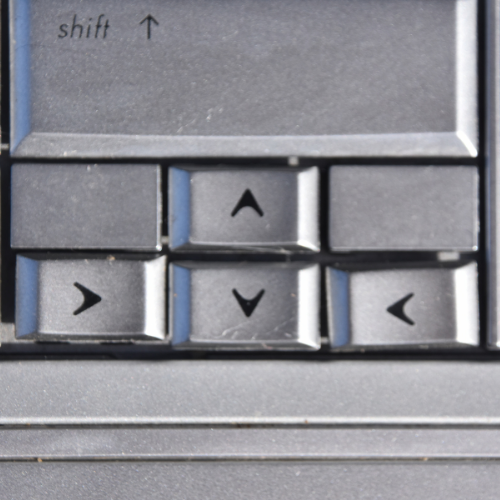What Is the Reverse Auction Process?
With procurement and sourcing, eSourcing is one of the most important pieces. You can’t make products without obtaining goods and services. The trick with sourcing is to get quality products at a lower price to help save money while maintaining solid relationships with your suppliers. Using eAuction software has essentially become a must to streamline the procurement and sourcing process, and a reverse auction has become a popular way of sourcing products at lower costs.
In a regular auction, buyers bid on their supplier’s goods and services, but a reverse auction is the exact opposite. In a reverse auction, the buyer puts up a request through the vendor management portal, and then suppliers compete against each other to sell you that good or service. Then, the buyer will select the winning bid. Read on to learn more about the role of reverse auctions in strategic sourcing, how online reverse auction software can help, and how to understand the reverse auction process.
The Reverse Auction Process: Types of Reverse Auctions
Many other names also know a reverse auction, so the acronyms can be a bit confusing if you’re just learning.
You may hear the reverse auction process referred to as B2B auctions, eRA, a sourcing event, eSourcing, and procurement auction, and others.
While reverse auction bidding is fundamentally the same, there are four different types of reverse auctions you can participate in. These include:
- Ranked reverse auction. In this type, bidders bid at similar price points, and only the winning bidder knows the current best price. While ranked reverse auctions can boost the confidence of some suppliers, those who continually are not awarded bids may become discouraged.
- Japanese reverse auction. It is up to you, as the buyer, to set the rules for the reverse auction process before the auction commences. In a Japanese reverse auction, the buyer sets an opening bid, and all bidders must agree. The price will decrease, and buyers agree or disagree with these prices as the auction continues. The price continues to decrease, and the last supplier in the auction wins the business.
- Dutch reverse auction. In this type of auction, a buyer clearly states beforehand the price they can pay, the product, and the quantity needed. In this auction type, the price starts quite low and increases at fixed intervals. The first supplier to accept the bid wins the auction.
- Open Outcry reverse auction. This is also known as an English reverse auction. This is a very transparent type of reverse auction where the suppliers can always see the leading bid. Even though bids are not always awarded on price, this is a good choice in a reverse auction where price plays a significant role.
The Reverse Auction Process: The First Five Steps
It’s important to have reverse auction software that is easy to use and that you’re comfortable using. If you’re new to this and your suppliers, you can run a reverse auction first to see how the reverse auction process works truly
The first five steps of a reverse auction are:
- Study the marketplace. You want to be well aware of the market before you set expectations.
- Be clear about your requirements. You can’t build solid relationships with suppliers if you’re unclear.
- Similarly, set up supplier expectations—ensure they know the auction rules and do’s and don’ts. No one likes surprises, so make sure everyone is on the same page before you start.
- Never skip auctions. You may be very comfortable with a supplier, but that doesn’t mean there isn’t a better supplier out there for your needs.
- Emphasize the pros of a reverse auction. A benefit for suppliers is that reverse auctions to allow them to evaluate current markets.
The Reverse Auction Process: Steps Six Through Eleven
Once everyone is on the same page, you can work on the actual reverse auction process. The next steps include:
- Conduct a pre-bidding when needed.

- Go over all of the logistics involved. You want to be absolutely sure there is no confusion.
- Set the auction rules; extensions, decrements, etc. Many times you may offer an extension, but this is entirely up to you.
- Run the auction with a phone hotline available in case there are questions.
- Make your award decisions—remember you don’t have to award to the lowest bidder unless that was an auction rule. The lowest price doesn’t always mean it’s the best choice.
- Incorporate award optimization when needed.
Provided everyone is on the same page, running a reverse auction is fairly seamless and is beneficial. With the right reverse auction software, you can meaningfully streamline your process.
To learn more about the reverse auction process, or if you’d like to schedule a demo, contact EC Sourcing Group today at 973-936-9672 to speak with us. We’d like you to reimagine the way you think about procurement.


